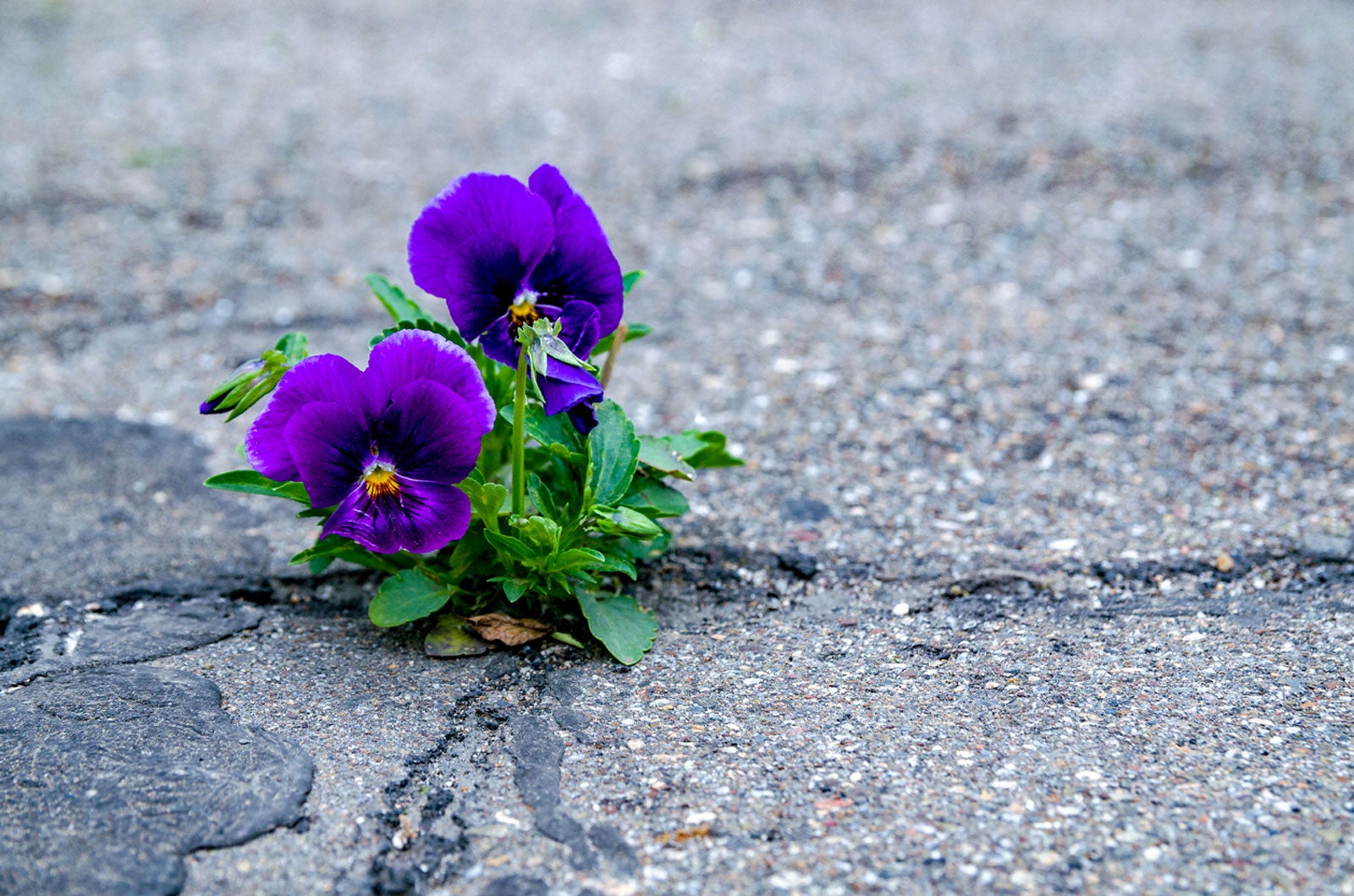What Makes A Microclimate: Learn About Different Microclimate Factors


What makes a microclimate? A microclimate is a small area with different environmental and atmospheric conditions than the surrounding area. It is different from its neighboring zone in temperature, wind exposure, drainage, light exposure, and other factors. These microclimate factors may vary from site to site by just a few minute measurements or by quite a lot.
As a gardener, you need to know your microclimates so you can place plants in the most optimal spots.
What Makes a Microclimate?
Microclimates have become the talk of the town as gardeners try to manage their landscapes more efficiently and earth friendly. What causes microclimates? Every piece of land has a dip, large tree, wall, or a hill that creates a microclimate. These are just objects that change the exposure the site has or blocks wind, rain, and other elements. Such influences on microclimates may be manmade or natural.
The southern side of your home radiates more heat than the north side of the house. This is a microclimate. Such small variations in the conditions a plant experiences can make a world of difference in how it grows or produces. It's not only manmade structures that influence the atmosphere though.
Natural formations like a rocky outcropping, hill, or anything that turns winds, creates shade, or harbors water are considered microclimate factors. Gardeners can use these conditions to their advantage with careful planting and consideration.
Why Microclimates Matter
The information on a plant's tag will tell you the USDA hardiness zone it grows best in. This indicates the average annual minimum winter temperature so you can tell if a plant will survive your cold season.
This is important information, but what if you have an exposed location with no trees, constant wind, and on a bit of a hill? It will get the brunt of the wind with no rest from the cold and still be dry as water sloughs off the hill. Cold and dry equal dead plants, even if it is hardy to your zone.
Gardening tips, videos, info and more delivered right to your inbox!
Sign up for the Gardening Know How newsletter today and receive a free copy of our e-book "How to Grow Delicious Tomatoes".
This is why microclimates matter.
Creating Microclimates
If you want to create a shady site in your landscape, plant a tree or build a fence. In areas with lots of rainfall, take advantage of what comes with a rain garden. In arid, sunny regions, use large rocks to make shade. Each addition to the landscape creates a microclimate.
It is fairly simple to manipulate your garden and change some of the site conditions, but what is easier is to just use what is there. Take a walk around on a sunny, windy, or rainy day and see which areas of the landscape are impacted the most. Then, use this information to your advantage by placing plants that enjoy those natural weather conditions.

Bonnie Grant is a professional landscaper with a Certification in Urban Gardening. She has been gardening and writing for 15 years. A former professional chef, she has a passion for edible landscaping.